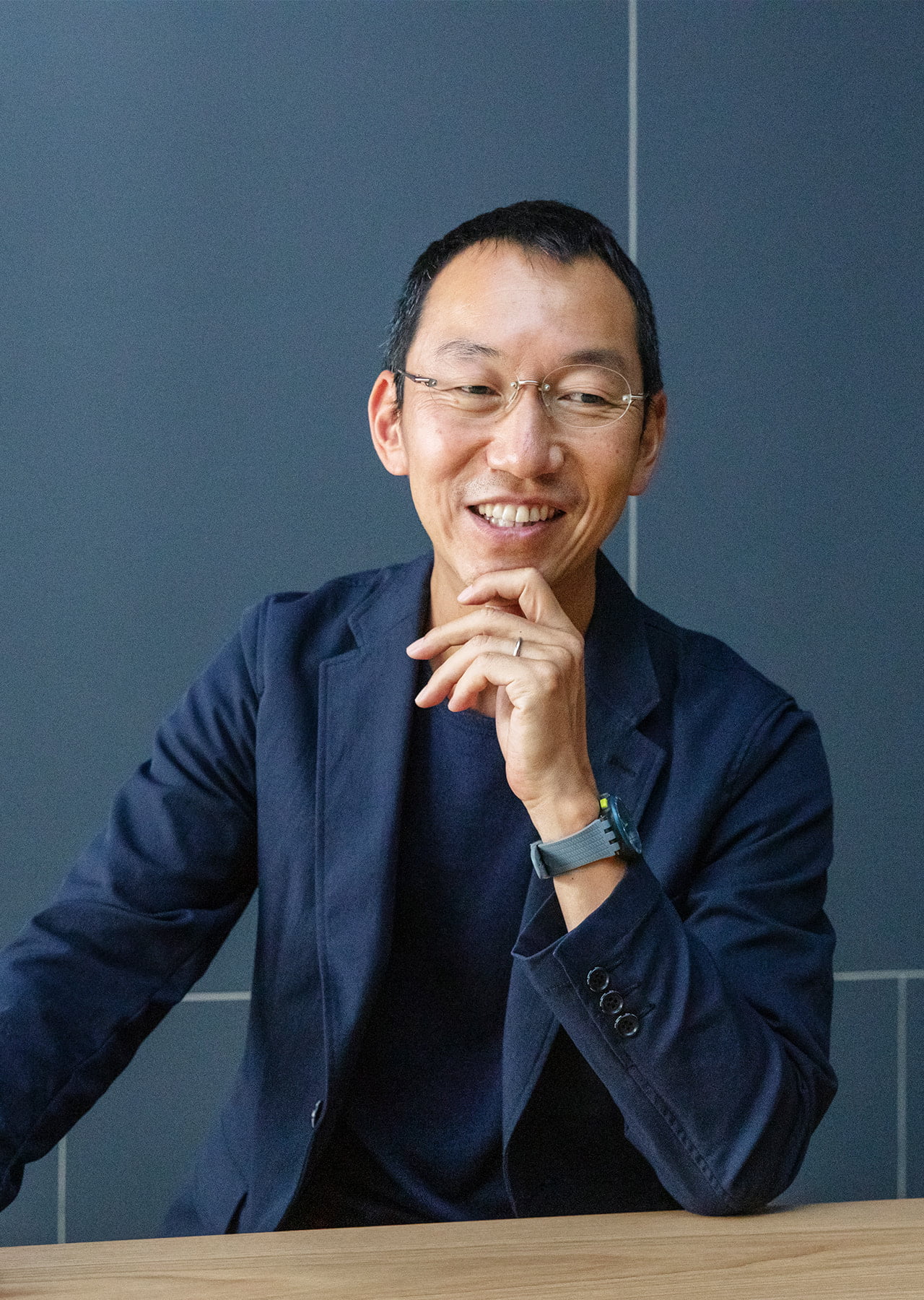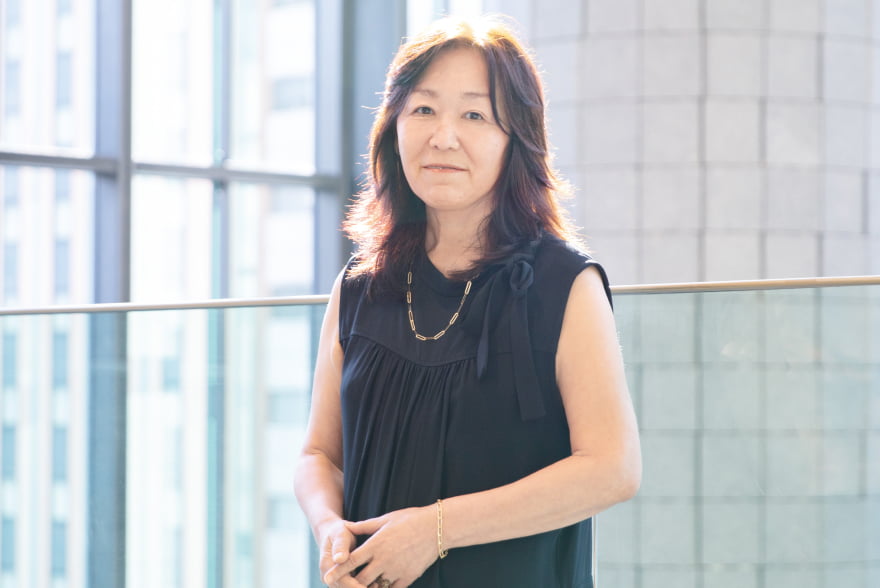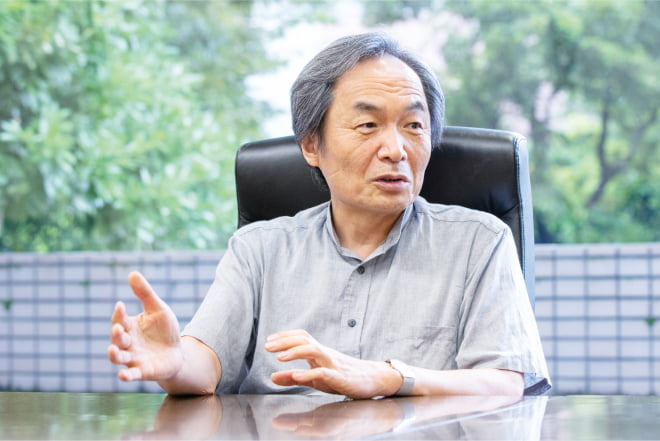Among the things humans create, art, in particular, provides a tremendous amount of information. Artists intentionally weave a lot of information into their artwork. The tiger is a metaphor, but man's senses will gradually degenerate without radical stimuli like that. The brains of domestic animals are said to be smaller than those of their counterparts in the wilderness. Our brains may also be shrinking. I've heard that the number of distress incidents in Alaska increased as smartphones with GPS became widespread. Humans used to read planetary information using all senses of their bodies, but that ability has been lost in exchange for convenience.
What our brain craves is not predictable things but randomness itself. The popularity of Leica cameras and bonfires reflects our primal desire to capture random and uncontrollable moments.
There is a poem by Noriko Ibaragi titled “Jibun no kanjusei kurai (Your Own Sensitivity, At Least).” It goes:
don’t blame your withering heart
on other people
you neglected to water your own plants
…
the least you can do
is defend
your own sensitivity
you fool!
It’s written in a harsh tone, but she kindly reminds us to “never forget to feed our souls.” More and more people will seek a working environment that embodies this message.







